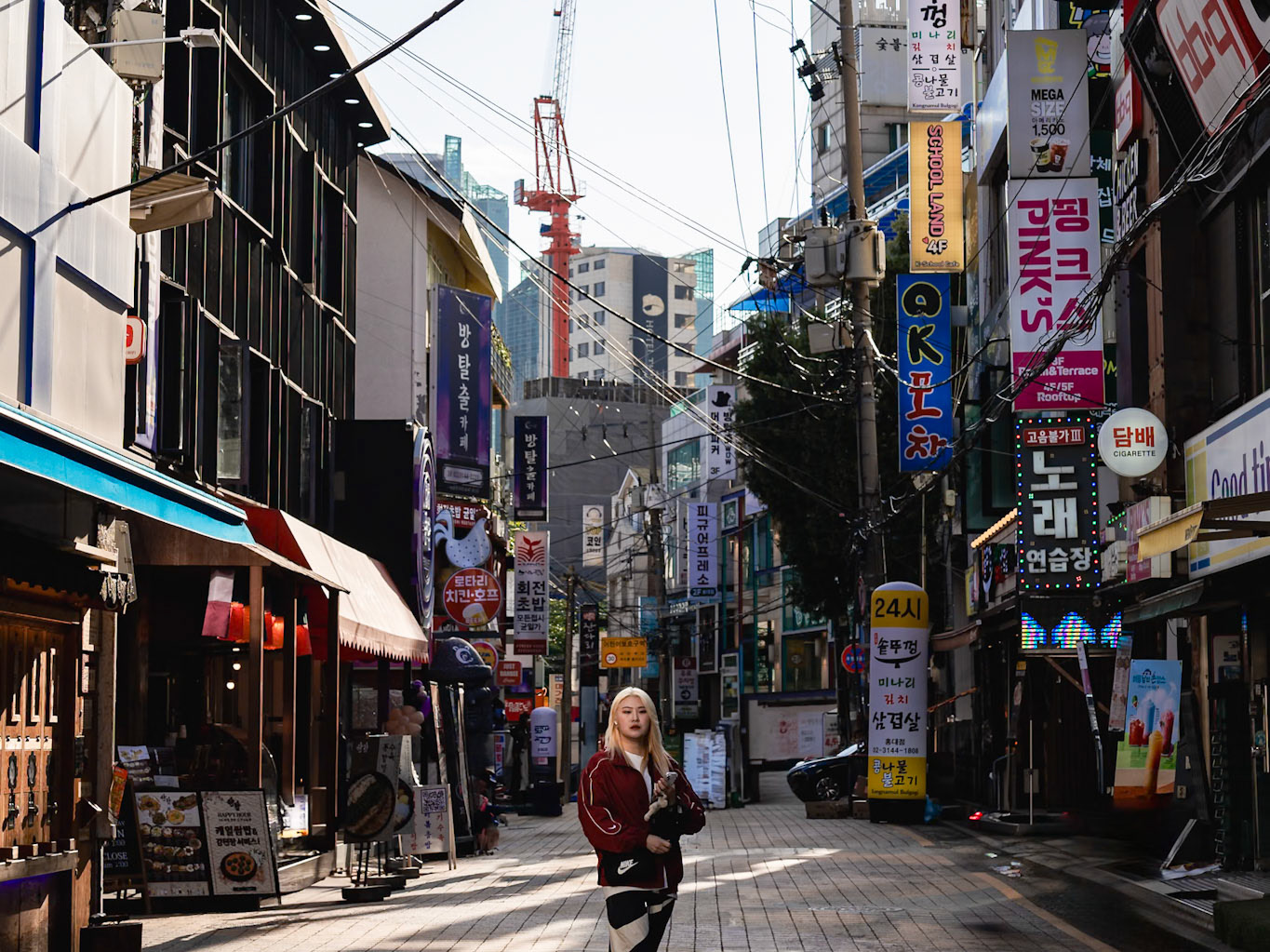As I gaze into the night, I find myself staring at a sky emptied of stars, their brilliance concealed behind a shroud of man-made light—a glow draped over cities that never rest. This glow is urbanization’s silent signature, a relentless expansion of brightness that etches the promise of progress into the heavens. Yet, what once stood as a symbol of human achievement now unravels the quiet poetry of the night, silencing its ancient whispers with an unyielding glare.
Sky-glow ascends like an artificial dawn, erasing stars from view and cloaking the world in a pale, restless haze. This loss is not ours alone; creatures of the night—owls, bats, and countless unseen lives—stumble in disarray, their ancient rhythms disrupted, drowned beneath the unyielding tide of light.
We speak of light trespass and clutter, of brightness that spills and glares, but it’s more than stray beams or excess illumination—it’s a dissonance, a fracture in the world’s nocturnal harmony. The city, in its relentless brilliance, forgets the fragile balance it disrupts, expanding ever upward and outward. In lighting our streets, we have unknowingly extinguished the sky.
There’s a fierce beauty in the industrial night, a landscape alive with the hum of machines and the fierce glow of endless lights. Towers of steel rise, crowned in smokestacks, spilling fire and warmth into the night air, the sky alight with the burnished red of industry. Here, in the skeletal structures and the heavy whirring of gears, is the pulse of a city that has forgotten the stars.
These lights, harsh and unyielding, are the city’s new constellations—an artificial cosmos of neon, halogen, and sodium vapor, drowning out the celestial. They burn bright, holding back the darkness with a ruthless efficiency, banishing the night as they stretch into the distance. Here, where once stars mapped ancient paths, we have forged our own; concrete and steel towers rise where trees once stood, and in this brilliance, there is something stark and brutal, something both splendid and unforgiving.
Beneath this glow, the earth itself breathes smoke. The land feels scorched, the soil embedded with iron, oil, and the ghosts of forests that once gave life to this ground. Animals have fled these glaring lights and constant noise, their ancient rhythms disrupted and disoriented, forced to retreat to shadows untouched by the human hand.
And yet, it’s not without purpose. This light serves function, like a lighthouse in reverse, pushing back the mysteries of the night, revealing the sprawling veins of commerce and industry. Beneath these lights, labor continues ceaselessly, machines pound and grind, and the city’s engines turn, propelled by the work done in darkness.
Yet this relentless light, for all its sharpness, serves a purpose—a kind of functional glow, like a lighthouse turned inward, casting its gaze across the sprawling veins of industry. Beneath its electric haze, machines rumble and grind, while the work of hands and steel presses forward, filling the night with an urgent rhythm. Here, the boundaries between day and night dissolve, swallowed by the endless labor that fuels the city’s heartbeat.
It’s a sight that commands awe, brutal yet compelling—a vision of human ambition and the cost it demands. The stars may have faded, the wild earth now subdued, yet the city shines on, defiantly holding the darkness at bay, claiming the sky as its own.

